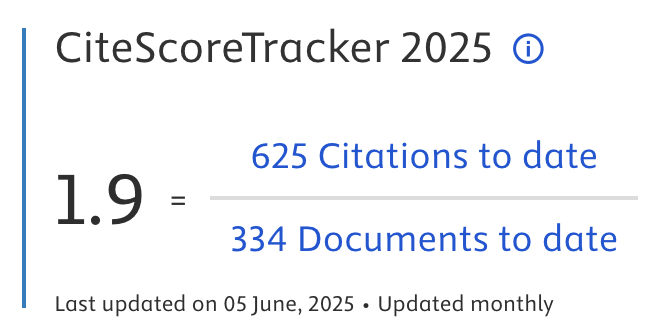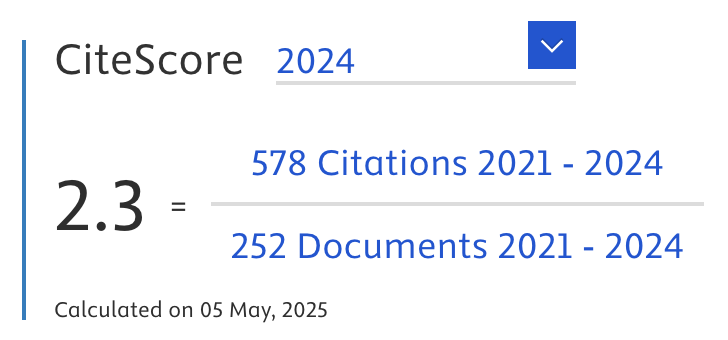Performance Comparison of Whale and Harris Hawks Optimizers with Network Intrusion Prevention Systems
Abstract
Digital technology has permeated every aspect of our daily lives. Processing and evaluating information are highly demanding in all fields, including cybersecurity. Cybersecurity engineers widely use the Network Intrusion Prevention System (NIPS) to safeguard against cyberattacks. To avoid cyberattacks, the NIPS must deal with a large amount of data, which degrades its performance. This paper uses the whale optimization algorithm (WOA) and the Harris Hawks optimization method (HHO) to diminish the large amount of data that the NIPS needs to deal with. Subsequently, the Gradient Boosting Machine (GBM) is employed to determine the accuracy achieved when employing WOA and HHO. The GBM classifier is widely regarded as a sophisticated and straightforward classifier in data mining. Regardless of the premise of feature independence, it outperforms all other classification algorithms by delivering excellent performance. When using GBM, the findings indicate that the accuracy achieved with HHO is 89.81%, but the accuracy attained with WOA is 94.3%.
Article Metrics
Abstract: 382 Viewers PDF: 203 ViewersKeywords
Gradient Boosting Machine; Whale Optimizers; Harris Hawks Optimizers; Intrusion Prevention Systems
Full Text:
PDF
DOI:
https://doi.org/10.47738/jads.v5i4.323
Citation Analysis:
Refbacks
- There are currently no refbacks.

Journal of Applied Data Sciences
| ISSN | : | 2723-6471 (Online) |
| Collaborated with | : | Computer Science and Systems Information Technology, King Abdulaziz University, Kingdom of Saudi Arabia. |
| Publisher | : | Bright Publisher |
| Website | : | http://bright-journal.org/JADS |
| : | taqwa@amikompurwokerto.ac.id (principal contact) | |
| support@bright-journal.org (technical issues) |
 This work is licensed under a Creative Commons Attribution-ShareAlike 4.0
This work is licensed under a Creative Commons Attribution-ShareAlike 4.0





.png)